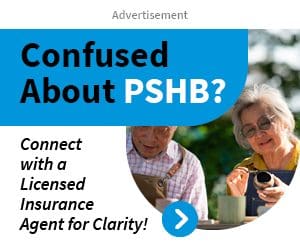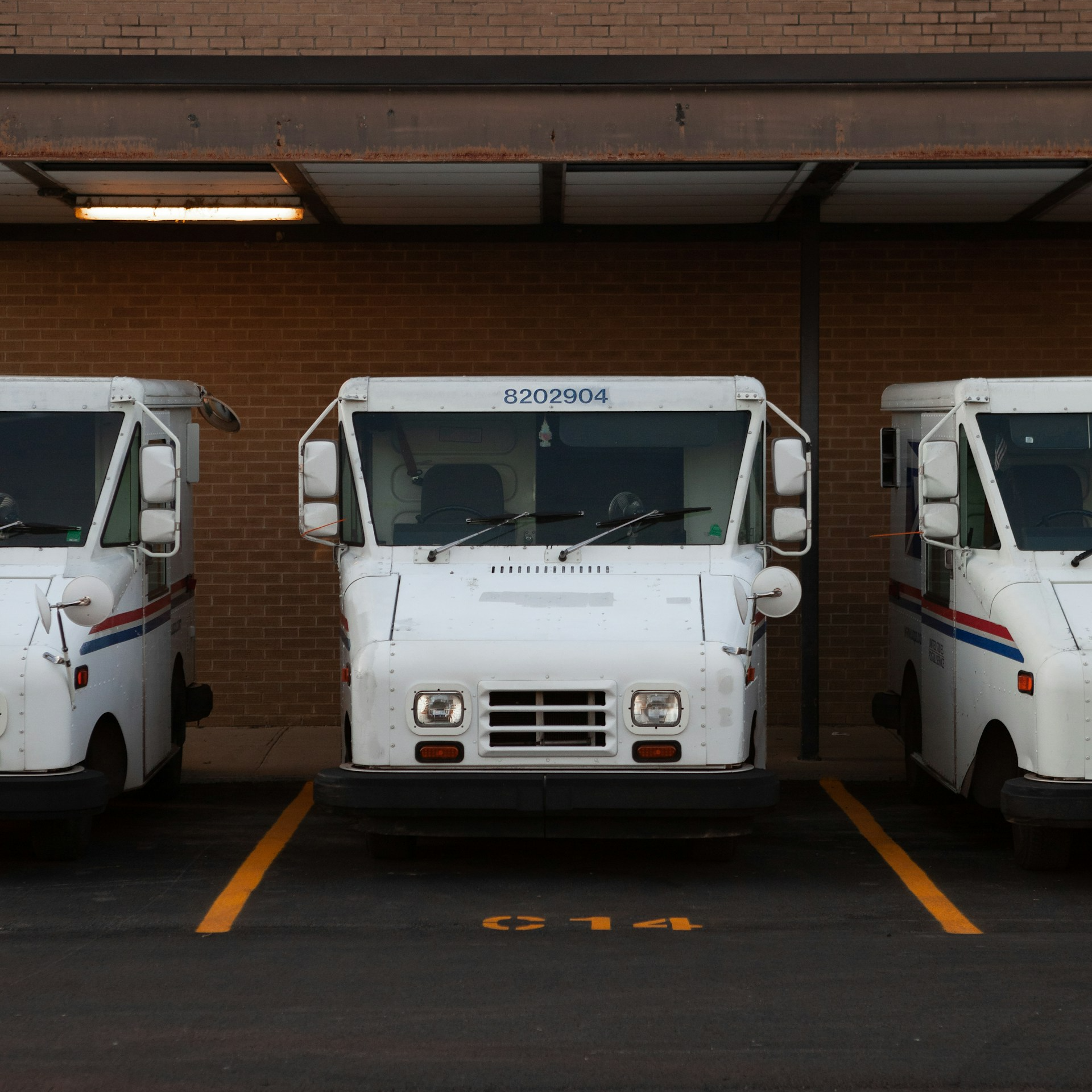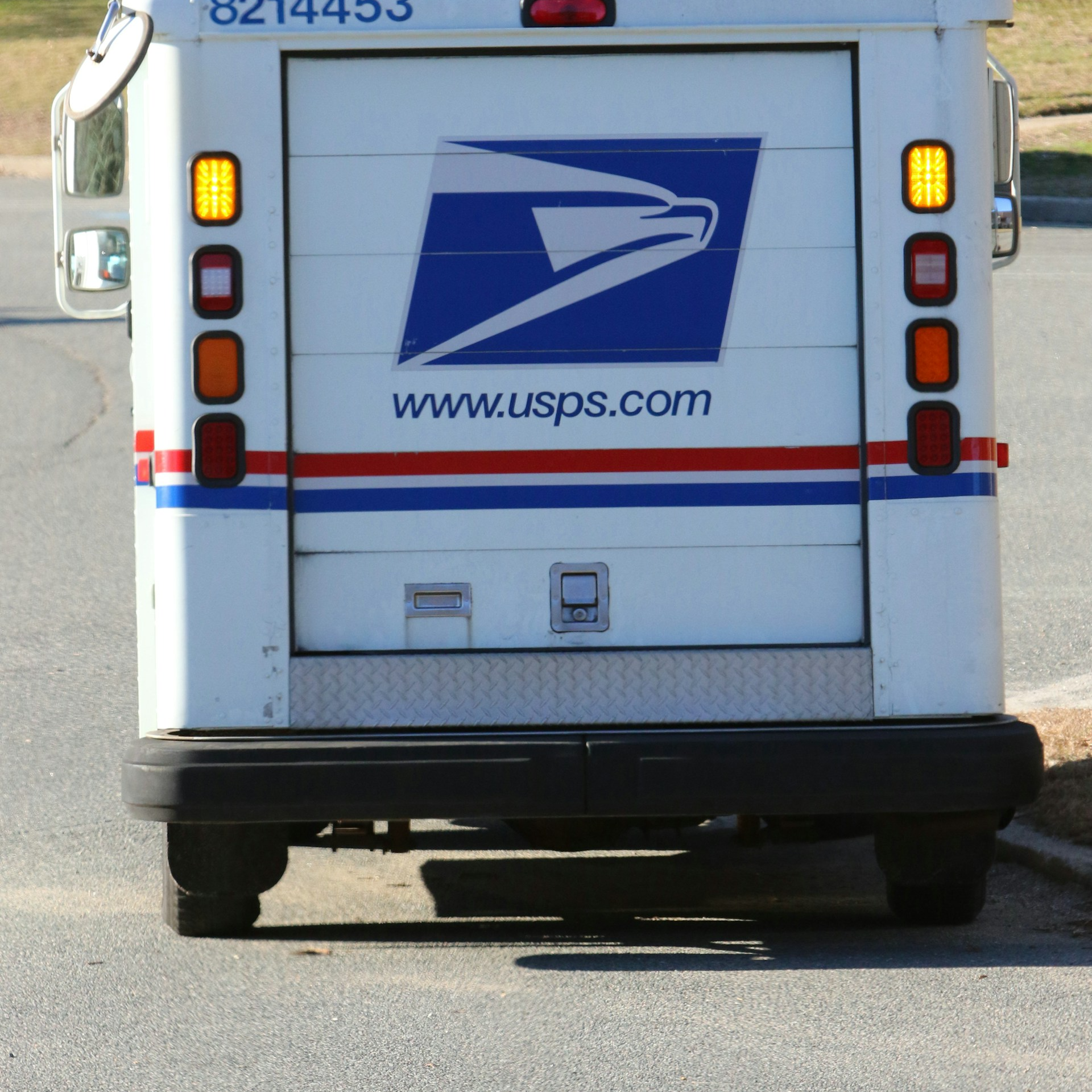Key Takeaways
-
The Postal Service Health Benefits (PSHB) program replaces FEHB for USPS employees and retirees starting in 2025, and eligibility depends on employment status and Medicare enrollment.
-
Enrollment periods and requirements vary, so staying informed about deadlines is crucial to maintaining uninterrupted health coverage.
Understanding PSHB Eligibility: What You Need to Know
The Postal Service Health Benefits (PSHB) program is a major shift in how postal workers and retirees receive health coverage. If you’re currently employed by the USPS or retired from it, you might be wondering whether you qualify for PSHB. With the transition officially happening in 2025, understanding the requirements now can save you from potential coverage gaps later.
Let’s break down the four most important details about PSHB eligibility so you can be fully prepared.
1. Who Is Eligible for PSHB?
To qualify for PSHB, you must meet one of the following criteria:
-
Current USPS Employees: If you work for the United States Postal Service, you are eligible to enroll in a PSHB plan.
-
Postal Service Annuitants (Retirees): If you retired from USPS with an immediate annuity under the Federal Employees Retirement System (FERS) or Civil Service Retirement System (CSRS), you are eligible.
-
Eligible Family Members: Spouses, dependent children under 26, and certain other dependents can be covered under your plan.
-
Survivors of Postal Workers: If a postal worker passes away, eligible family members may continue coverage under PSHB.
If you fall into one of these categories, you will be automatically transitioned from your existing FEHB plan to a corresponding PSHB plan unless you opt out during Open Season.
2. Medicare and PSHB: How They Work Together
One of the most critical aspects of PSHB eligibility involves Medicare. If you are a retiree aged 65 or older, you must enroll in Medicare Part B to keep your PSHB coverage unless you meet an exemption.
Key Medicare Enrollment Facts for PSHB Enrollees
-
Mandatory Part B Enrollment: If you’re Medicare-eligible and retired after January 1, 2025, you must enroll in Medicare Part B to maintain PSHB coverage.
-
Exemptions: If you retired before January 1, 2025, and did not enroll in Part B, you can keep PSHB coverage without it.
-
Automatic Medicare Integration: Many PSHB plans coordinate benefits with Medicare, reducing out-of-pocket costs for retirees.
If you’re approaching retirement, it’s essential to plan ahead and enroll in Medicare Part B during your Initial Enrollment Period (IEP), which begins three months before your 65th birthday and lasts for seven months. Missing this deadline could result in late penalties and coverage delays.
3. When and How to Enroll in PSHB
Enrollment in PSHB follows specific timelines, so marking your calendar is a smart move. Here’s what you need to know:
Automatic Enrollment for Current FEHB Participants
-
If you’re already enrolled in FEHB, you’ll be automatically transitioned to a corresponding PSHB plan in 2025.
-
You’ll receive notification in advance, giving you time to review your new plan details.
-
If you want to switch plans or opt out, you must do so during Open Season.
Enrollment Periods for PSHB
-
Open Season (Nov 11 – Dec 13, 2025): This is your annual opportunity to select, switch, or update your PSHB plan.
-
Special Enrollment Periods (SEP): If you experience a qualifying life event (QLE) such as marriage, divorce, birth of a child, or retirement, you may enroll or make changes outside Open Season.
-
Initial Enrollment for New Employees: If you’re newly hired by USPS, you’ll have 60 days from your start date to enroll in a PSHB plan.
If you miss Open Season or your SEP window, you may have to wait until the next Open Season to make changes.
4. How to Maintain Coverage and Avoid Losing Benefits
Once you’re enrolled in PSHB, keeping your coverage active requires attention to deadlines and compliance with program rules.
Key Ways to Maintain PSHB Eligibility
-
Pay Required Premiums: If you’re retired, your share of the premium will be deducted from your annuity. If you don’t have an annuity large enough to cover the premium, you may need to set up direct payments.
-
Stay Enrolled in Medicare Part B (If Required): If you fail to enroll in or maintain Medicare Part B when required, you risk losing PSHB coverage entirely.
-
Report Life Changes Promptly: If you get married, divorced, or experience another QLE, notify your plan administrator immediately to ensure continued coverage for eligible dependents.
-
Reevaluate Your Plan During Open Season: Even if you’re happy with your current plan, reviewing your options yearly can help ensure you have the best coverage for your needs.
Secure Your Postal Health Benefits for the Future
Understanding PSHB eligibility now will save you time and frustration later. Whether you’re a current USPS employee, a retiree, or a family member relying on this coverage, staying informed is key.
If you have specific questions about your eligibility or coverage, speaking with a licensed agent listed on this website can provide clarity and help you make the best decisions for your health and finances.














